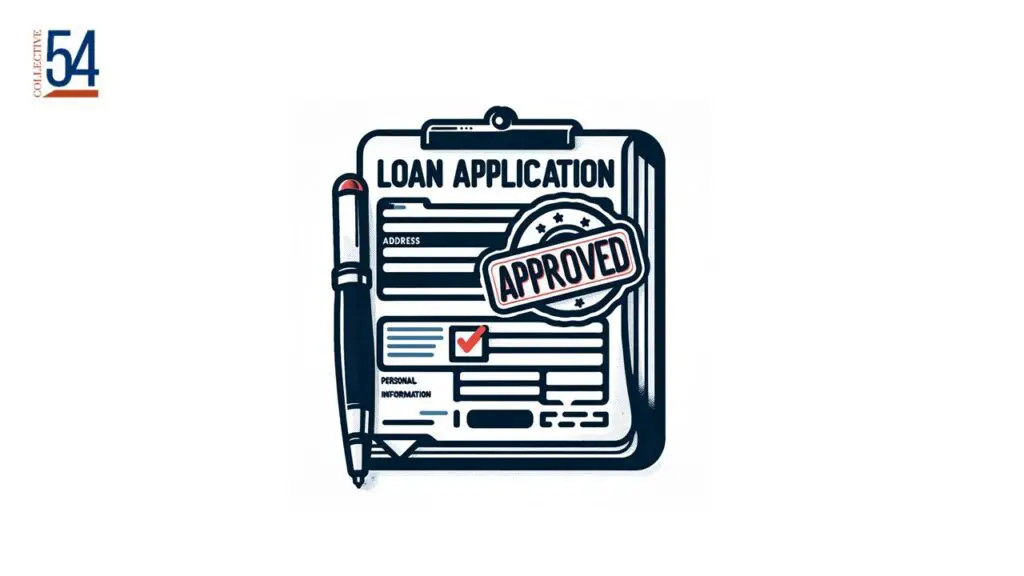
As the founder of a boutique professional service firm, one of the essential yet challenging aspects of business management is navigating the financial landscape. The question of funding and cash flow is crucial. Why might a founder consider taking out a loan? The answers are multifaceted.
For starters, external funding, especially in the early stages of a firm, can be the lifeline that ensures smooth operations, facilitates growth, and bridges the cash-flow gaps. While there are various sources of funding, loans often emerge as a preferable choice. But who might a founder borrow from? Traditional banks, credit unions, online lenders, and sometimes even professional acquaintances can offer loans, depending on the founder’s network and firm’s credentials.
Interestingly, debt financing (taking loans) often holds an edge over equity financing (giving away company shares). The reason is control. With debt, you remain the primary decision-maker, not having to dilute ownership or accommodate the interests of external shareholders. However, borrowing comes in various flavors, each tailored to specific needs.
- Term Loans Term loans are fundamental in the lending world. These are typically loans of a specific amount for a specific purpose. The funds can come as lump sums or in installments. Repayment generally commences from the inception of the loan and can be structured over various tenures, either being fully paid off on the maturity date or through an amortized schedule.
When is it best to use? Imagine you’re expanding your firm’s services and require new talent. A term loan would be ideal, offering you the required large sum upfront, allowing for the acquisition of the new talent.
When should it be avoided? If the firm’s cash flow is inconsistent, repaying a term loan might become a burden. In such cases, a flexible repayment structure might be more suitable.
- Revolving Loans Often synonymous with a line of credit, revolving loans grant founders’ access to funds up to a set limit. The magic lies in the flexibility—borrow only what’s needed and repay, usually with interest on the drawn amount.
When is it best to use? Let’s say your firm is waiting on payments from big clients, but you have immediate operational costs. A revolving loan offers the liquidity to manage such working capital requirements without borrowing a massive lump sum.
When should it be avoided? If not managed judiciously, a revolving loan can lead to perpetual debt, with the founder perpetually drawing and repaying, leading to hefty interest payments over time.
- Secured Loans These loans require collateral, i.e., an asset (like property or accounts receivable) that the lender can seize if repayment falters.
When is it best to use? Suppose you’re investing in cutting-edge software or technology for your firm. Given the substantial cost, a lender might seek assurance in the form of collateral. With a secured loan, you could potentially get lower interest rates due to the reduced risk for the lender.
When should it be avoided? If the risk of non-repayment is high or if the asset is indispensable to firm operations. The danger of losing the collateral can be detrimental to the firm’s functioning.
In conclusion, while loans can be a lifesaver, they come with their own set of risks. Debt is a double-edged sword—it can bolster growth but can also lead to financial distress if not managed prudently. The key lies in understanding the firm’s needs and aligning them with the right type of loan. As founders, we must recognize that every type of debt has its pitfalls, which become exacerbated when the wrong loan is opted for in an unsuitable scenario. Making informed, strategic financial decisions is vital to ensuring the firm’s sustainability and growth.
